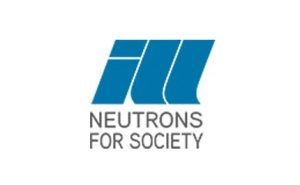Training materials
-
video, slides, scientific article
Seeing the chemistry in biology using neutron crystallography
macromolecular neutron crystallography biological macromolecules neutron
-
video, slides
Neutron crystallography to inform drug design targeting SARS-CoV-2 main protease
COVID research neutron drug development neutron crystallography
-
video, slides
Neutron diffraction from Boro-carbon for efficient structural analysis and defect detection
McStas simulation inelastic neutron scattering ab-initio neutron scattering neutron neutron diffraction defect detection structural analysis wp5-ExPaNDS